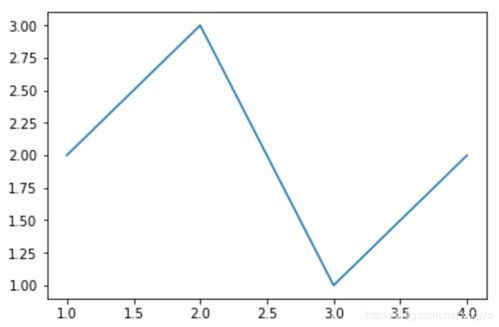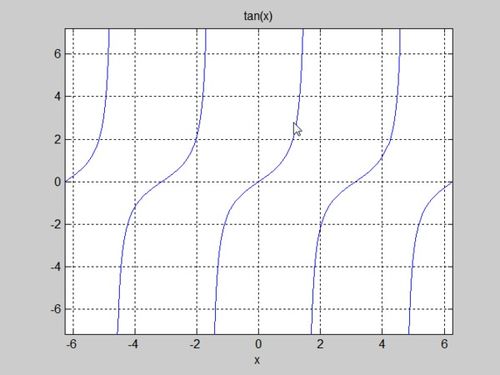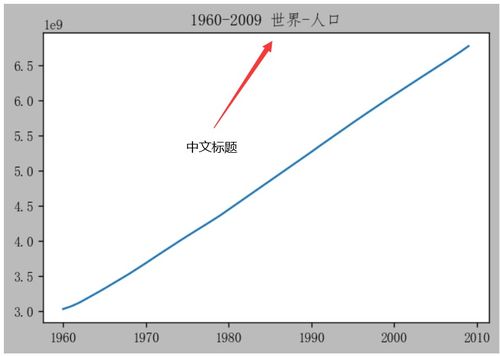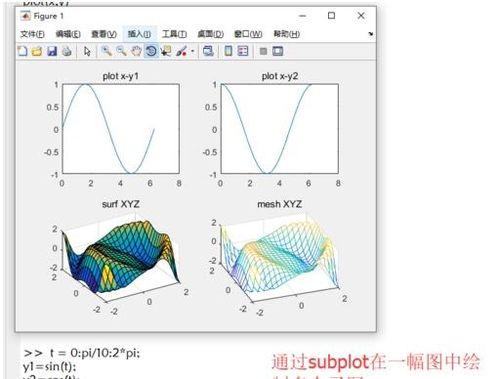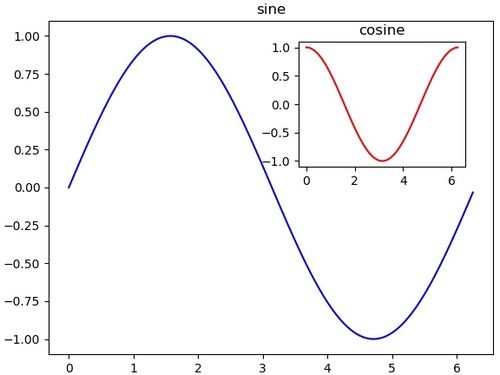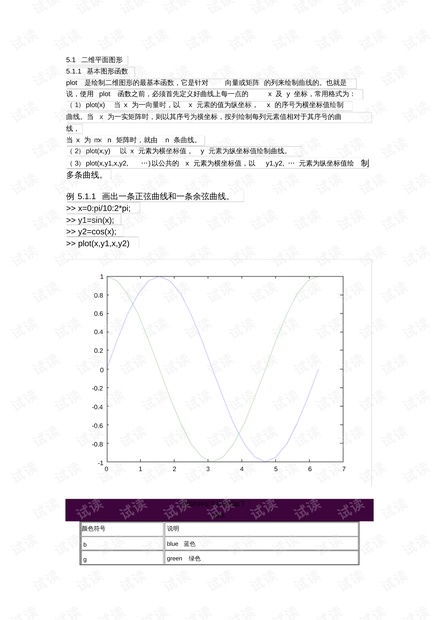marquee behavior:Okay,here is an article focusing on the marquee behavior keyword.
Article Title:
Understanding Marquee Behavior in Web Development
Article Content:
In the ever-evolving landscape of web development, certain elements and attributes rise and fall in popularity and usage. One such element is the HTML <marquee> tag, often associated with a specific behavior: scrolling text across the screen. While its usage has significantly declined and it's considered obsolete, understanding its "marquee behavior" remains relevant for maintaining legacy websites or grasping historical web concepts. This article delves into what marquee behavior is, how it worked, and why it's generally not recommended for modern web design.
What is a Marquee?
At its core, a marquee was an HTML element used to define text or HTML elements that scroll horizontally or vertically across a webpage. It was often used for headlines, news tickers, or decorative scrolling text. The basic structure was simple:
<marquee>Scrolling Text Here</marquee>
Defining Marquee Behavior
The <marquee> element had several attributes that controlled its "behavior," dictating how the text would move and appear. The most crucial attribute was behavior, which specified the scrolling effect. The possible values for the behavior attribute were:
- scroll: This was the default behavior. The text would continuously scroll from one side of the container to the other. You could control the speed of the scrolling with the
scrollamountattribute (measured in characters per second) and the direction with thedirectionattribute (left-to-right or right-to-left). - slide: Similar to
scroll, but the text would move from one side to the other and then stop, rather than looping continuously. - alternate: The text would move back and forth across the container, creating a bouncing effect.
Example of Marquee Behavior:
<marquee behavior="scroll" direction="left" scrollamount="90">Breaking News Story!</marquee> <marquee behavior="slide" direction="right" scrollamount="60">Special Announcement</marquee> <marquee behavior="alternate" direction="left" scrollamount="120">Welcome Visitor</marquee>
The Decline and Deprecation
Despite its visual impact, the <marquee> element faced criticism early on. Reasons for its decline include:
- Lack of Semantics: It was purely presentational and didn't convey any structural meaning about the content it contained. Modern HTML encourages semantic elements (like
<header>,<footer>,<section>) to define page structure. - Limited Browser Support (Modern): While widely supported when it was popular (late 90s/early 2000s), browser vendors eventually deprecated it. Modern browsers have varying levels of support, and relying on deprecated features is generally discouraged.
- Poor Accessibility: The automatic scrolling could be disorienting or difficult for screen reader users and those with cognitive disabilities.
- Intrusiveness: The constant movement could be seen as annoying or distracting by users.
Alternatives to Marquee Behavior
Modern web design achieves similar effects using CSS animations and HTML5 semantic elements, offering better control, accessibility, and separation of content and presentation.
-
CSS Animations: You can create scrolling text effects using the
@keyframesrule in CSS. This allows for much more complex and customizable animations than the basicmarqueeoffered..scrolling-text { white-space: nowrap; overflow: hidden; width: 100%; animation: scroll 15s linear infinite; } @keyframes scroll { 0% { transform: shiftX(100%); } 100% { transform: shiftX(-100%); } }<div class="scrolling-text">Breaking News Story! Scroll this text...</div>
-
HTML5
<header>or<footer>with CSS: You can use semantic elements and style them with CSS transitions or animations for a more meaningful and accessible approach.
Conclusion
While the concept of "marquee behavior" – the scrolling, sliding, or bouncing text – was a feature of the old <marquee> element, its use is now largely outdated. Modern web development prioritizes semantics, accessibility, and standards compliance, leading developers to use CSS animations and semantic HTML instead. Understanding the historical behavior of marquees can be useful for maintaining older sites, but for new projects, CSS-based solutions are the recommended approach to achieve similar visual effects.
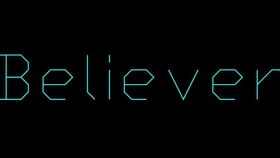
相关文章:
文章已关闭评论!



